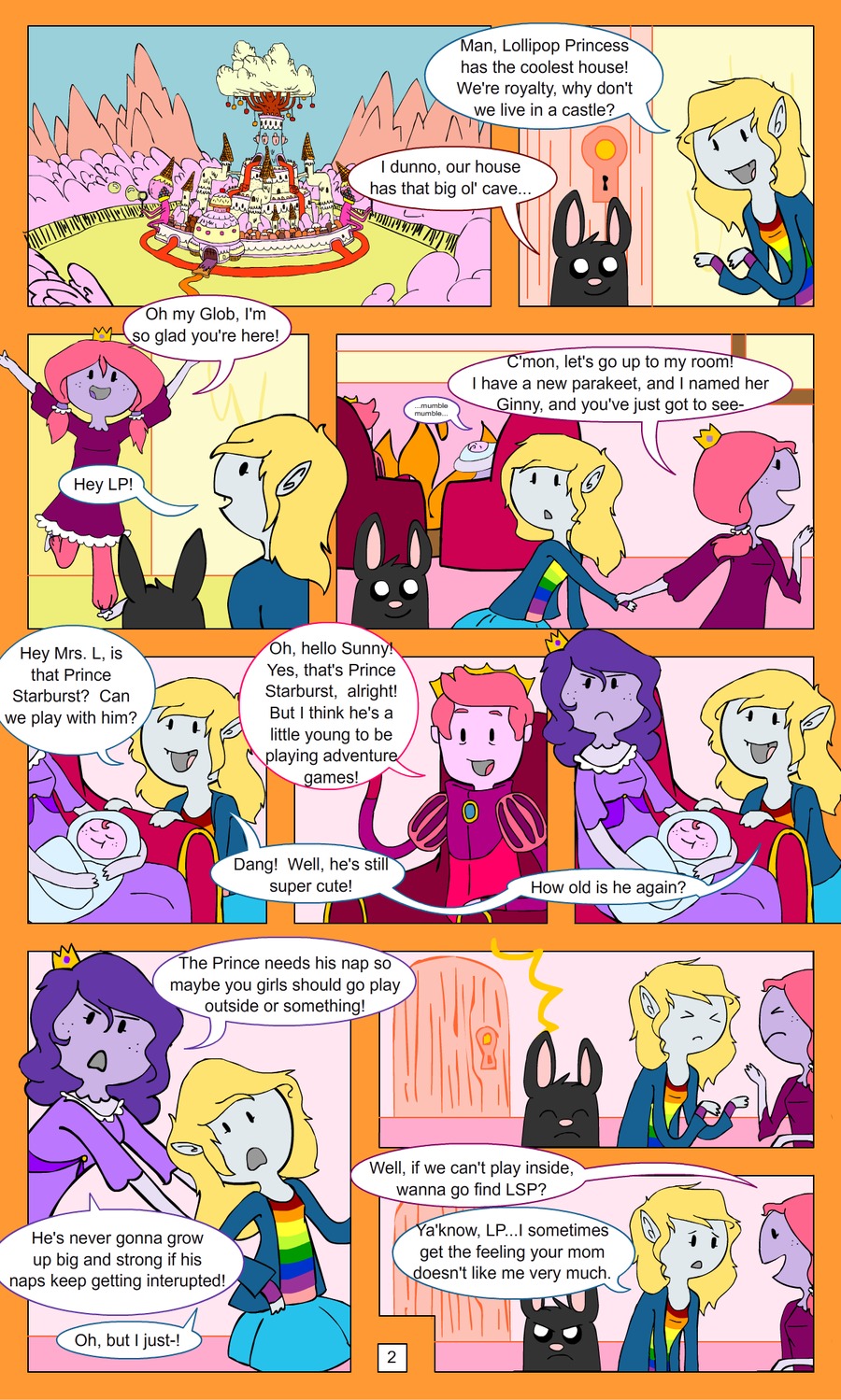Write fan fiction
Write a short fan fiction story starring your favorite character in a new adventure, practicing storytelling, character voice, and respectful creativity.



Step-by-step guide to write a short fan fiction story
How to Create Animated Kids' Story Videos with AI for FREE! | Step-by-Step Tutorial
Step 1
Pick your favorite character and write their name at the top of the paper.
Step 2
Write three words that describe how that character usually acts.
Step 3
Choose a new place for their adventure and write one short sentence that describes it.
Step 4
Decide a simple problem or challenge your character will face and write it in one sentence.
Step 5
Plan three main events for your story by writing one short sentence for the beginning middle and end.
Step 6
Write the opening scene (about 3–5 sentences) to show your character and the new place.
Step 7
Write the middle scene (about 4–7 sentences) where the problem happens and show how the character reacts.
Step 8
Write the ending scene (about 3–5 sentences) that solves the problem and shows how the character changed.
Step 9
Add at least two lines of dialogue in your character’s voice to show how they speak.
Step 10
Read your story out loud and change any words or sentences that don’t sound right.
Step 11
Give your story a title.
Step 12
Draw a small cover picture or doodle to go with your story if you want.
Step 13
Share your finished fan fiction story on DIY.org.
Final steps
You're almost there! Complete all the steps, bring your creation to life, post it, and conquer the challenge!


Help!?
What can we use instead of plain paper, pens, or access to DIY.org if those are missing?
If you don't have plain paper or pens for steps like 'write their name at the top of the paper' or 'draw a small cover picture,' use notebook pages, recycled cardboard, pencils or crayons instead, and if you can't access DIY.org to 'share your finished fan fiction story,' have a parent photograph the story to email or save it in a private folder.
My child gets stuck planning the three main events or can't write dialogue—how can we help them finish those parts?
For the 'Plan three main events' step, prompt them with 'first, next, last' or ask what starts the adventure, what goes wrong in the middle, and how it ends, and for the 'add at least two lines of dialogue' requirement, have the child act out the character's voice aloud and write down the two lines they like best.
How can I adapt the activity for different ages while still following the instructions?
For younger kids shorten the opening/middle/ending to one or two sentences and let them draw more instead of long scenes, for middle graders follow the listed sentence counts and add a simple plot twist in the 'Decide a simple problem' step, and for older kids expand each scene into paragraphs, add sensory detail, and add extra dialogue beyond the 'at least two lines' before sharing on DIY.org.
What are some fun ways to extend or personalize the story after finishing the ending and cover doodle?
After you 'give your story a title' and draw the cover, turn the scenes into a short comic by paneled drawings, record a narrated read-aloud with sound effects for the 'Read your story out loud' step, or write a sequel by repeating the planning steps with a new place and problem.
Watch videos on how to write a short fan fiction story
How to Create Children's Story Book (Step-by-step in 2025)
Facts about creative writing for kids
✍️ Writing fan fiction is a fun way to practice key writing skills like character voice, pacing, dialogue, and plotting.
⚖️ Copyright and creators' preferences matter in fan communities—many writers keep fanworks non-commercial and use tags/warnings to respect readers.
📚 Archive of Our Own (AO3) was created by the nonprofit Organization for Transformative Works to preserve and archive fanworks for fans, by fans.
📝 Fan fiction has been around for decades — fans shared stories in science fiction fanzines starting in the 1930s and TV fandoms made it explode in the 1960s.
🌐 FanFiction.net launched in 1998 and was one of the first big websites where readers and writers could share fan stories online.
How do you write a short fan fiction story starring your favorite character in a new adventure?
What materials do I need to write fan fiction with my child?
What ages is writing fan fiction suitable for?
What are the benefits and safety tips for children writing fan fiction?


One subscription, many ways to play and learn.
Only $6.99 after trial. No credit card required



